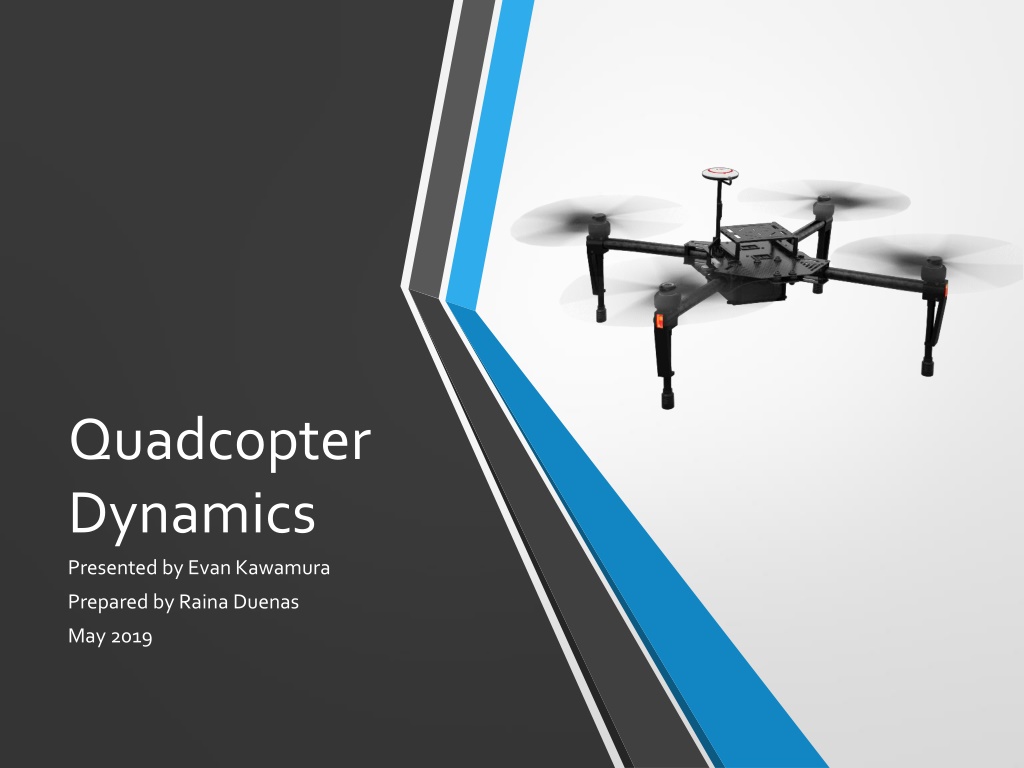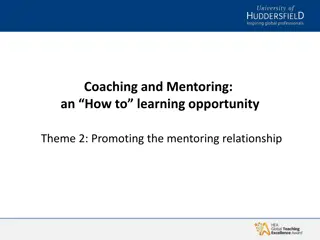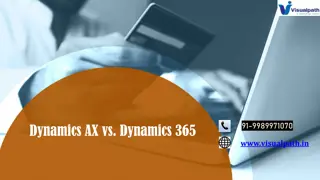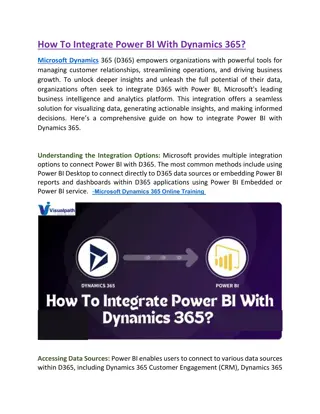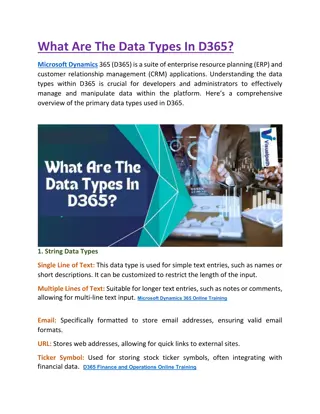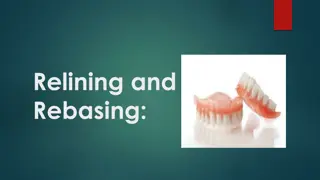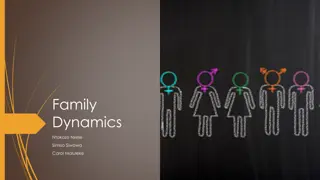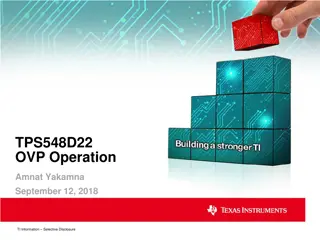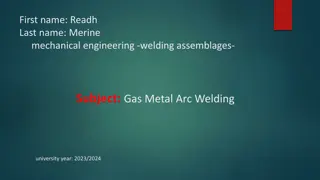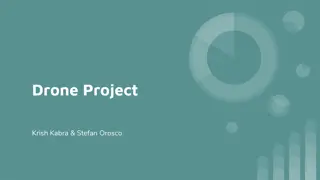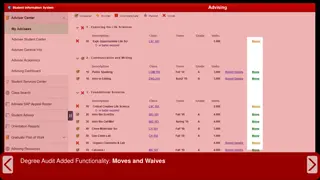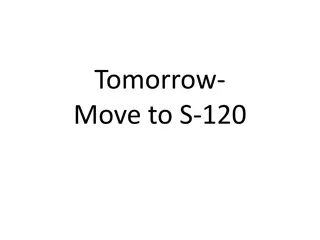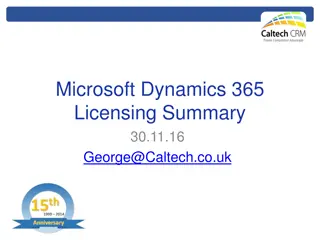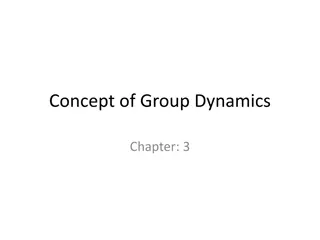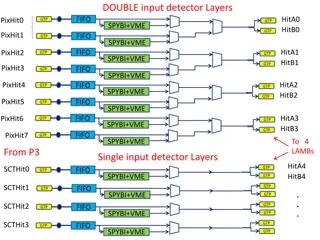Understanding Quadcopter Dynamics and Functionality: A Comprehensive Overview
Quadcopters are helicopters with four rotors providing six degrees of freedom through independent rotor speeds. This article explores inertial and body frames, how quadcopters function using remote control and ESC, and the physics behind rotor thrust for ascending, descending, and hovering. Gain insights into the movement and operation of quadcopters with detailed explanations and illustrations.
Download Presentation

Please find below an Image/Link to download the presentation.
The content on the website is provided AS IS for your information and personal use only. It may not be sold, licensed, or shared on other websites without obtaining consent from the author. Download presentation by click this link. If you encounter any issues during the download, it is possible that the publisher has removed the file from their server.
E N D
Presentation Transcript
Quadcopter Dynamics Presented by Evan Kawamura Prepared by Raina Duenas May 2019
What is a quadcopter? A helicopter with four equally spaced rotors Six degrees of freedom Four independent rotor speeds Uses both rotational and translational motion Fig. 1: Quadcopter Fig. 2: Six degrees of freedom 2
Describing the movement of quadcopters 1. Inertial frame Ground axes a. This coordinate axes Exyz is fixed to the earth s surface b. xz plane is vertical (gravity points in the z direction) c. It is an approximate inertial reference frame d. Used to describe the location of the quadcopter 2. Body frame Quadcopter s axes a. The coordinate axes Oxbybzb is fixed to the quadcopter b. This axes moves with the quadcopter c. Body frame is used to describe the orientation of the quadcopter Fig. 3: Frames used to describe the motion of quadcopters 3
How a Quadcopter Functions Sends signals to the central flight controller Remote controller ESC Receives the signal from the flight controller to send to the motor (electronic speed controller) Motors are directed to increase or decrease their speed based on current sent from ESC Motors Spun by the motors Rotors/Propellers 4
Remote control ESC Motors ESCs Rotors Electronic Speed Control circuits Electronic control circuit that changes the motor s Speed Direction Braking Quadcopters and drones depend on these to change the speed of the motor driving its rotors This allows for the control of how the quadcopter moves 5
Remote control ESC Motors Motors Rotors Motors spin the rotor to create a force, called thrust, that must be greater than or equal to gravity Ascend As the rotor blades spin, they push air down, which in turn allows the quadcopter to rise Newton s 3rd Law When a force acts on an object in one direction, there is always an equal or opposite force acting in the opposite direction. By increasing the speed of the rotors, the upward thrust will be greater than the gravitational force 6
Remote control ESC Motors Motors Rotors Descend Decreasing the speed of the rotors decreases the amount of thrust acting against gravity Less thrust means the quadcopter will descend Hover The thrust of the four rotors must be equal to the gravitational force in order to hover 7
Remote control ESC Motor Rotors Rotors In order for quadcopter stability, the rotors have to spin in certain directions Rotors across from each other, from the top view of the quadcopter, spin in the same direction Fig. 4: Direction of spinning rotors for stability 8
Remote control ESC Motor Rotors Rotors Move and turn the quadcopter in the direction we tell it to on the remote control The thrust from the motors are adjusted to speed up and slow down the rotors as needed A torque may be needed to rotate the body frame Each rotor contributes some torque about the body frame s axes 9
Rotors: Torque Torque is a force that can cause an object to rotate about an axis and can be described by the equation: ? = ? ? ? is torque ? is the force ? is the distance between the force to the axis in which the torque is applied In this case, torque is caused by the force causing motors and propellers that are a distance away from the motors The propellers will be used to simply turn or maneuver the quadcopter around by creating a torque on the quadcopter These movements can be described as yaw, pitch, and roll 10
Torque: Roll Roll occurs when the quadcopter rotates about its x-axis How do you think a quadcopter rolls about this axis? Use #1 on your handout to draw arrows on the rotors. Long arrows for large torques Short arrows for small torques Quadcopters will increase thrust on two adjacent motors on its left or right side to rotate either clockwise or counterclockwise, while facing forward For example, to roll the quadcopter on its side, two propellers will increase thrust on one side of the quadcopter and decrease the thrust on the other side Fig. 5: Example of torque about a quadcopter s x-axis 11
Torque: Pitch Pitch occurs when the quadcopter rotates about its y-axis How do you think a quadcopter rotates about this axis? Use #2 on your handout to draw arrows on the rotors. Long arrows for large torques Short arrows for small torques Quadcopters will increase thrust on two adjacent motors on the front or back This allows the quadcopter to either rise or dive For example, to dive the quadcopter towards us, the power in the rear motors increase and the power in the front motors decrease, causing the front of the quadcopter to dive towards us Fig. 6: Example of torque about a quadcopter s y-axis 12
Torque: Yaw Yaw occurs when the quadcopter rotates about its z-axis How do you think a quadcopter rotates about this axis? Use #3 on your handout to draw arrows on the rotors. Long arrows for large torques Short arrows for small torques Counterclockwise or clockwise arrow for direction about the z-axis Quadcopters may need to increase the speed in either its clockwise or counterclockwise spinning rotors in order to change directions left and right For example, increasing thrust on the counterclockwise motors and decreasing thrust on the clockwise motors results in the quadcopter rotating counterclockwise (from our point of view) Fig. 7: Example of torque about a quadcopter s z-axis 13
Questions 1. How many degrees of freedom does a quadcopter have? 2. What two frames do we need to know in order to understand how quadcopters move? 3. What are the main steps for quadcopter motion? 4. List three things that an ESC circuit controls. 5. Explain the forces needed to allow the quadcopter to ascend, descend, and hover. 6. What will happen if all of the rotors spin in the same direction? Hint: Remote controller, (3 more steps)? 14
Questions 1. How many degrees of freedom does a quadcopter have? 6 2. What two frames do we need to know in order to understand how quadcopters move? 3. What are the main steps for quadcopter motion? 4. List three things that an ESC circuit controls. 5. Explain the forces needed to allow the quadcopter to ascend, descend, and hover. 6. What will happen if all of the rotors spin in the same direction? Hint: Remote controller, (3 more steps)? 15
Questions 1. How many degrees of freedom does a quadcopter have? 6 2. What two frames do we need to know in order to understand how quadcopters move? Inertial and body 3. What are the main steps for quadcopter motion? 4. List three things that an ESC circuit controls. 5. Explain the forces needed to allow the quadcopter to ascend, descend, and hover. 6. What will happen if all of the rotors spin in the same direction? Hint: Remote controller, (3 more steps)? 16
Questions 1. How many degrees of freedom does a quadcopter have? 6 2. What two frames do we need to know in order to understand how quadcopters move? Inertial and body 3. What are the main steps for quadcopter motion? 4. List three things that an ESC circuit controls. 5. Explain the forces needed to allow the quadcopter to ascend, descend, and hover. 6. What will happen if all of the rotors spin in the same direction? Remote controller, ECS, motor, rotors/propellers 17
Questions 1. How many degrees of freedom does a quadcopter have? 6 2. What two frames do we need to know in order to understand how quadcopters move? Inertial and body 3. What are the main steps for quadcopter motion? 4. List three things that an ESC circuit controls. Speed, direction, braking 5. Explain the forces needed to allow the quadcopter to ascend, descend, and hover. 6. What will happen if all of the rotors spin in the same direction? Remote controller, ECS, motor, rotors/propellers 18
Questions 1. How many degrees of freedom does a quadcopter have? 6 2. What two frames do we need to know in order to understand how quadcopters move? Inertial and body 3. What are the main steps for quadcopter motion? Remote controller, ECS, motor, rotors/propellers 4. List three things that an ESC circuit controls. Speed, direction, & braking 5. Explain the forces needed to allow the quadcopter to ascend, descend, and hover. 6. What will happen if all of the rotors spin in the same direction? 19
Questions 1. How many degrees of freedom does a quadcopter have? 6 2. What two frames do we need to know in order to understand how quadcopters move? Inertial and body 3. What are the main steps for quadcopter motion? Remote controller, ECS, motor, rotors/propellers 4. List three things that an ESC circuit controls. Speed, direction, & braking 5. Explain the forces needed to allow the quadcopter to ascend, descend, and hover. Force from motors must be greater than gravity to ascend, less than gravity to descent, and equal to gravity to hover. 6. What will happen if all of the rotors spin in the same direction? 20
Questions 1. How many degrees of freedom does a quadcopter have? 6 2. What two frames do we need to know in order to understand how quadcopters move? Inertial and body 3. What are the main steps for quadcopter motion? Remote controller, ECS, motor, rotors/propellers 4. List three things that an ESC circuit controls. Speed, direction, & braking 5. Explain the forces needed to allow the quadcopter to ascend, descend, and hover. Force from motors must be greater than gravity to ascend, less than gravity to descent, and equal to gravity to hover. 6. What will happen if all of the rotors spin in the same direction? Be unbalanced, torque will rotate the drone 21
References Bhutani, S. (2018, April 01). Quadcopter Physics Explained. Retrieved May 25, 2019, from https://hackernoon.com/quadcopter-physics- explained-468ee44ba40b Corrigan, F. (2019, May 20). How A Quadcopter Works With Propellers And Motors Explained. Retrieved May 25, 2019, from https://www.dronezon.com/learn-about-drones-quadcopters/how-a- quadcopter-works-with-propellers-and-motors-direction-design- explained/ Gibiansky, A. (2012, November 23). Quadcopter Dynamics, Simulation, and Control [Web log post]. Retrieved May 25, 2019, from http://andrew.gibiansky.com/blog/physics/quadcopter- dynamics 22
